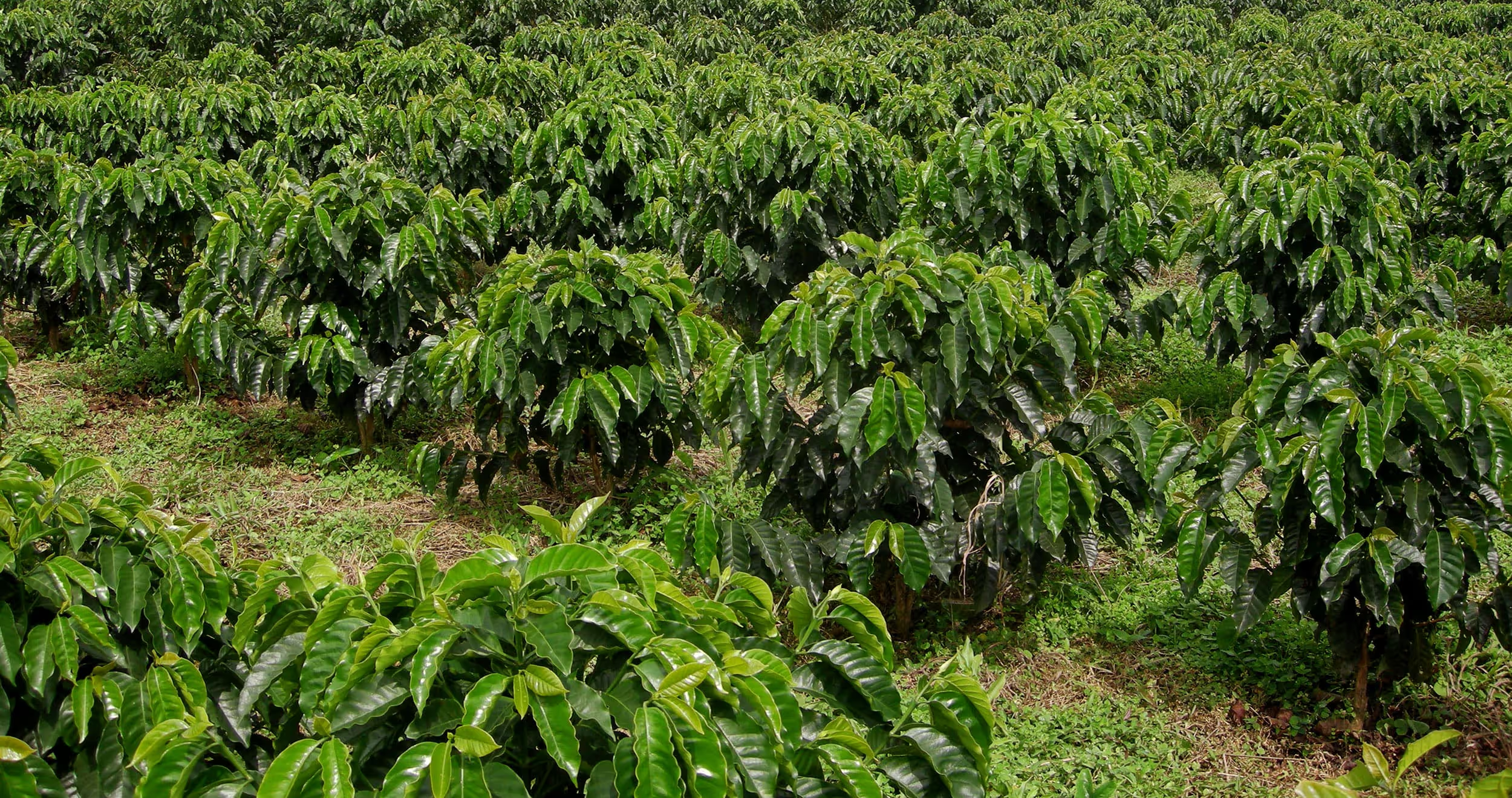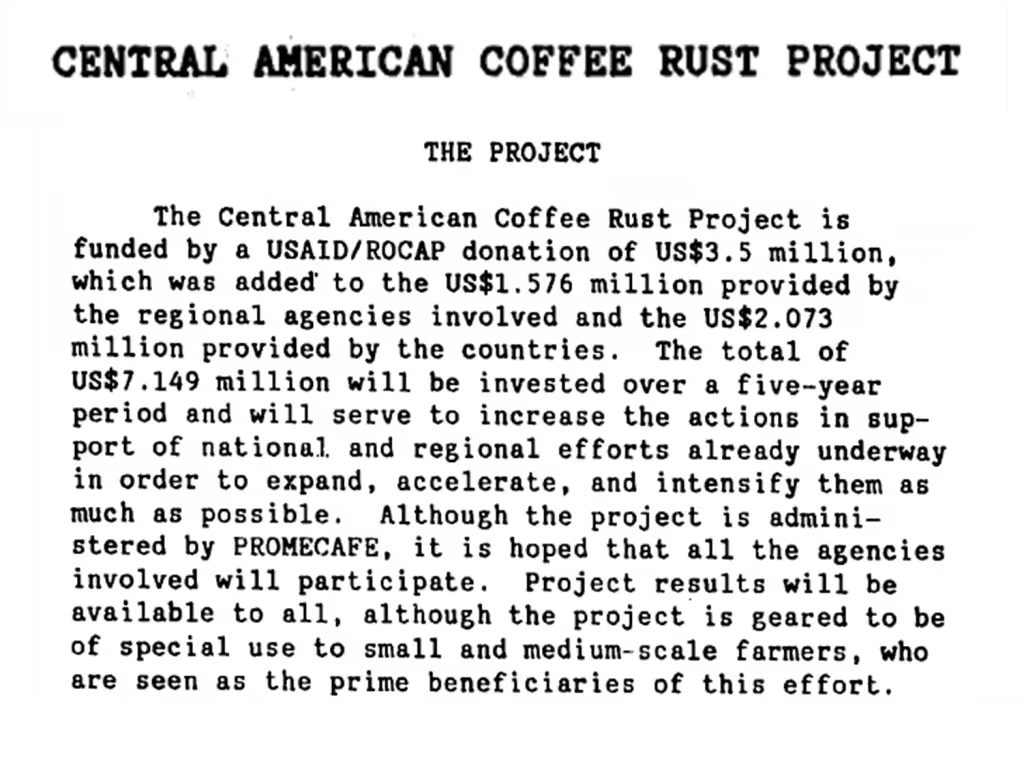
In 2011, I moved from Central America to South America to lead a coffee project in Colombia, which was actively recovering from an outbreak of coffee leaf rust. When coffee leaf rust broke out in Central America the following year, I was invited back by colleagues to provide some support for the response. In that work, I found myself sharing with them the timeless wisdom of a proverb you probably know:
The best time to plant a tree was 30 years ago. The second-best time is right now.
It resonated with me in a profound way based on my experience in Colombia, which began the response to its 2008 coffee leaf rust outbreak in 1927.
That's the year Colombia created the Federación Nacional de Cafeteros to provide leadership for the sector. In 1938, it established the research center Cenicafé, which started breeding work with the Timor Hybrid in the 1950s. It collaborated with banks to create financial services products tailored to the needs and cycles of coffee production, amassed a peaceful army of yellow-shirted coffee agronomists, produced radio programs to communicate directly with hundreds of thousands of growers scattered across the Colombian Andes, and mobilized resources to support all of it. So when coffee leaf rust broke out there in 2008, Colombia's coffee institutions were ready. In less than a decade, they fundamentally transformed the country's coffee plantations, tearing out varieties susceptible to coffee leaf rust, replacing them with rust-resistant cultivars, and supporting growers through the transition.
I know it is hard to make investments for the long-term when facing acute short-term needs, and I knew this proverb would not bring relief. I hoped instead that it might provide some inspiration for the coffee sectors in Central America to begin building the kinds of platforms that would make the coffee sector more resilient a generation later.
And for the sector more broadly, I began advocating for something I called World Coffee Development, an industry-backed agency that does for local development in coffee communities what WCR does for breeding: work with industry to set sector-wide priorities, provide seed funding, and help to coordinate investment at scale for the market-aligned, pre-competitive investments that are needed in the places where coffee is grown.
I have been thinking again in recent weeks about that proverb and about World Coffee Development, and the thread that weaves the two moments together is USAID.
USAID played a prominent role in the response to the Central America coffee leaf rust crisis of 2012/13. That response began in the 1980s, as the Reagan-era document below indicates, but unfortunately for Central American growers, those early investments were not enough to ward off the catastrophic impacts of CLR more than a quarter-century later.

Earlier this month, USAID was in the news, and not in a good way. The U.S. Secretary of State made headlines with an announcement that came as a disappointment if not a surprise: the effective termination of USAID. It was a chronicle of a death foretold, the natural conclusion of a sustained campaign to discredit the agency and its work, of a piece with a broader movement in Washington to disinvest in public goods.
From a humanitarian perspective, the most tragic aspect of this decision is almost certainly its implications the area of public health. But in the area of market-led poverty reduction, I suspect no industry will be more impacted than coffee, which benefitted by my estimation from hundreds of millions of dollars of USAID investment in coffee farms, farmers, and farmer enterprises over a period of at least 40 years.
Like the Central America coffee leaf rust crisis, which laid bare the governance challenges we face when there are shocks to the sector, the giant sucking sound coming from Washington's $40B disinvestment in overseas development seems to beg for coordination and funding to ensure the pre-competitive collaboration the industry needs, and will no longer be getting from USAID. Has World Coffee Development's moment finally arrived?
-- Michael Sheridan